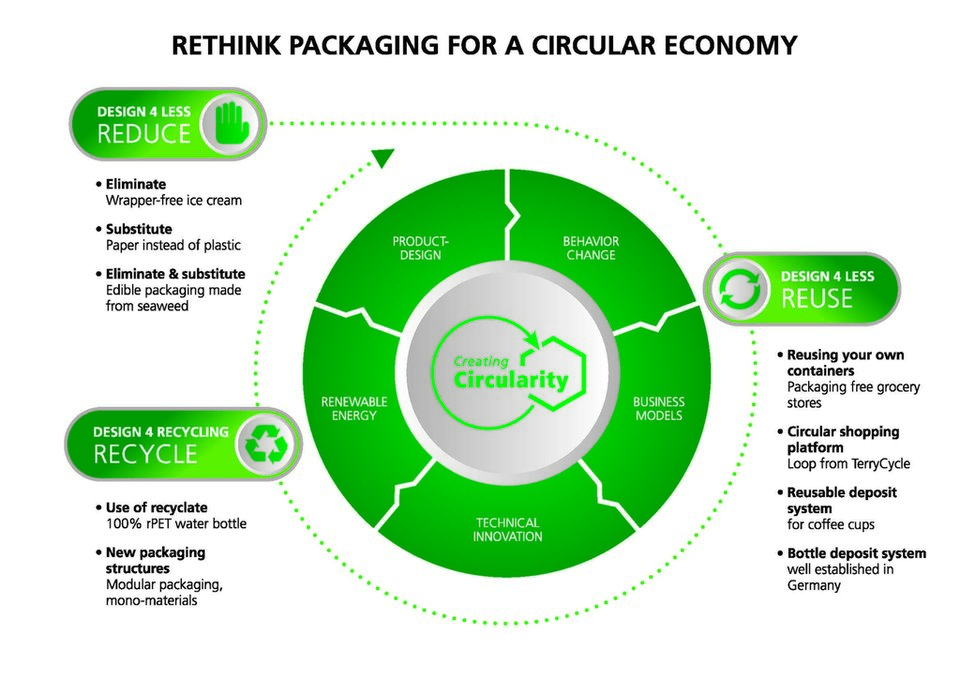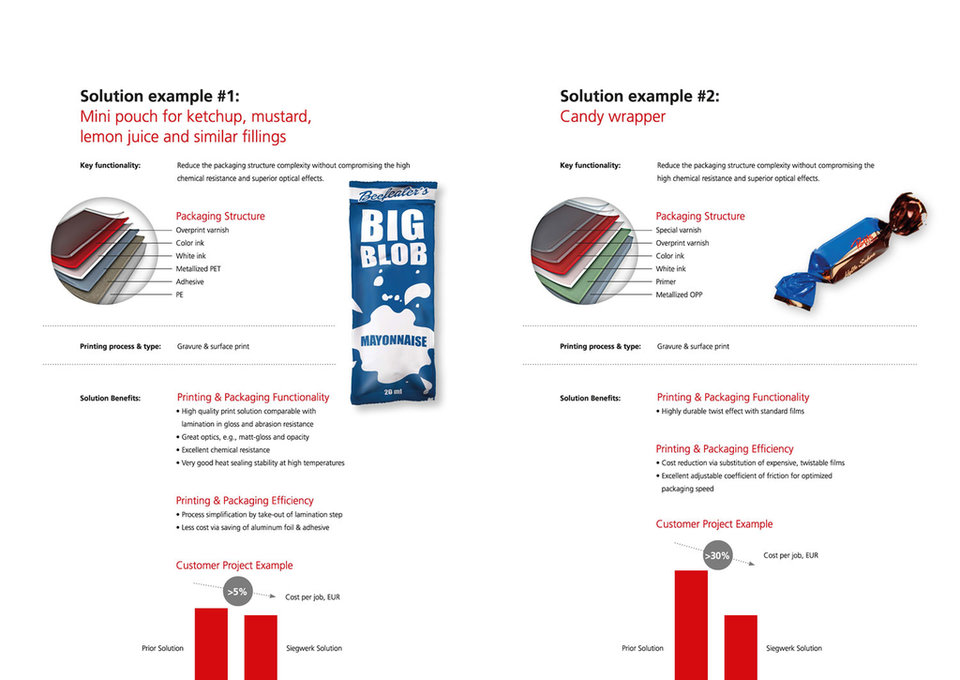COMPANY INSIGHT
Packaging is in the public spotlight; the market is continuously changing. New consumer-driven demands further fuel the need of change requiring new packaging structures, materials, and design approaches. But how can you address those trends while also reaching optimal process efficiency & capacity utilization to remain competitive for the future?
In today’s increasingly tighter world of capital expenditure where companies need to squeeze more efficiency and innovation out of existing assets, it depends on the individual portfolio of products and business complexity if adaption to new trends is an easy or rather difficult challenge. Here, it is not only about investing in new packaging features and materials, it is also about working efficiently and economically and being able to quickly respond to changing trends. The biggest challenge is to create innovative & sustainable packaging that is convertible with an existing equipment at optimized costs.
Finding saving potentials & increase packaging efficiency
The use of inks & varnishes optimally adjusted to the requirements of printing equipment and packaging application can help to significantly reduce the operational costs of a packaging. The right ink solutions can e.g. enable the same high-quality output at higher printing speed to generate more revenues but without increasing the complexity. Heat- and scuff resistant, slip optimized varnishes can e.g. optimize the performance of packaging material on a variety of machines up to an even error-free handling. When using thinner films, ink systems with high bond strength in turn help to avoid delamination effects during the packing process and subsequently reduce costs. There are many ways to improve efficiency and performance to generate cost-savings for potential re-investments into innovation.
Adding value through enhanced packaging functionality
All in all, it is about adding value through new performance specifications, innovative design, or new packaging features. Existing packaging can be enhanced in its structure and features to meet new demands and stand out from the standard also without a complete redesign. Thus, optimized opening and reclosing of lids and perforated packaging can e.g. have a positive impact on the consumer experience and brand reputation. Here inks & varnishes can support differentiation goals to generate additional sales without increasing the individual complexity. Whether it is about solutions for vapor and odor free laser marking, for anticounterfeiting or for tactile and optical effects, inks & varnishes can add value to packaging by enhancing its functionality, security and appearance at the Point of Sale.
Creating packaging circularity for a sustainable future
Today, packaging is in the public spotlight raising increasing public awareness for environmental pollution through packaging waste and making sustainable and recyclable packaging the most relevant consumer demand. Here, it is not only about consumers getting more aware but also about the failing linear economy that is creating tons of unnecessary waste due to its single use approach (“take-make-use-dispose”). The need to rethink packaging has become more urgent than ever. Moving from a linear to a circular packaging industry can be a solution to preserve the natural environment and mitigate the influence on ecology - a crucial step towards building a cleaner future for next generations. This translates into a “reduce, reuse, recycle“ approach calling for new business models and packaging structures that increase utilization rates and recyclability of materials.

In a Circular Economy, the goal is to create closed and regenerative loops of materials. For the packaging industry these translates into a “reduce, reuse, recycle“ approach.
Due to their technical functionalities inks & varnishes play an important enabling role as they help to close technical gaps and improve packaging circularity in terms of reducing, reusing and recycling of packaging. Ink solutions can enhance the recyclability of packaging by supporting the use of degradable packaging materials or the design of monolayer packaging while maintaining packaging performance & functionality levels. Printed layers can replace non-separable film layers significantly improving material recyclability for a specific recycling stream. Heat-resistant varnishes e.g. can ensure a good manufacturing performance of mono-material packaging while barrier coatings provide the needed resistances to meet consumer and shelf life requirements while enabling easier recycling of the packaging. Inks with good deinking properties in turn enable the production of cleaner recyclates for the reuse in packaging. These are just a few examples of how inks & varnishes can help to reduce packaging, enhance recyclability and improve the worthiness of recycled materials for a reuse in a circular packaging industry.
Siegwerk is a key enabler to driving packaging success
Based on the combination of a broad ink expertise, extensive packaging competence and incomparable product safety and sustainability know-how, Siegwerk is one of the global leading providers of packaging inks and knows the relations, processes, and technologies like no other. With its Brand Owner Collaboration (BOC) approach, the company builds a cross-application contact point for brand owner requests creating an integrated relationship with both converters and brand owners to generate incremental business value for all parties. The packaging ‘agnostic’ team helps companies to create the best possible packaging formats that conform with highest safety and technology standards and address newest market trends while meeting the individual customer requirements. BOC has already helped many customers to improve performance and efficiency while saving money, waste, and unnecessary process steps on their way to improved and forward-looking packaging solutions.
More information at brand-owner.siegwerk.com

In several packaging projects across the value chain Siegwerk has already generated cost savings combined with additional impacts on customers’ efficiency and performance.
